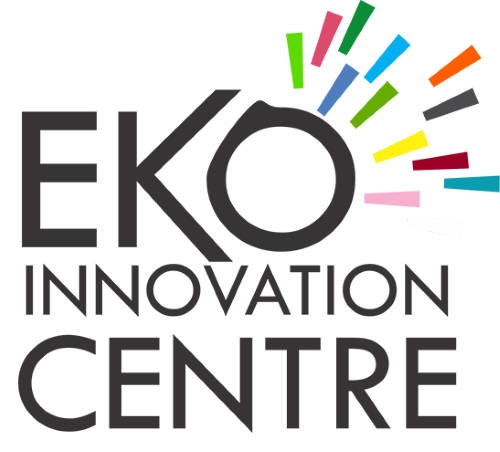PHASE ONE: Understand Entrepreneurship
• The Entrepreneurial Vocation: ‘’The call to stewardship’’
Classes of Entrepreneurship
- The Technology Entrepreneur
- The Social Entrepreneur
- The Small Business Entrepreneur
Action Steps
• What does entrepreneurship mean to you?
• Do you have the traits of an entrepreneur?
• Why do you want to be an entrepreneur?
• What type of entrepreneur do you want to be?
Appraise Yourself
• Assess Your Entrepreneurial Traits
Autonomy, Risk-taking, Self-belief, Resilience
• Avert Business Failure
Managerial incompetence, Lack of experience, Lack of capital, Failure to plan
• Identify Key Success Factors
Integrity, strategic planning, lifelong learning, mentorship, work-life balance
Action Steps
• Take a test to determine your entrepreneurial personality
• https://entrepreneurscan.com/
Phase 2: Build Your Business Acumen
Acquire Soft Skills
• Keep Abreast Of Innovative Ideas and New Trends
• Create a goal-setting system and train yourself to keep score
• Take a course on communication skills
• Take a course in negotiation, mediation, and conflict resolution
Acquire Hard Skills
• Take a course in accounting
• Take a course in personal finance
• Take a course in business law
• Action Steps
- Learn and practice innovation and creativity, goals and goal setting, business
communication and negotiation
Take an online course in accounting, personal finance, and business law
Phase 3: Create an Innovative Product
Create An Innovative Product or Service
• Analyze Existing Products
- Positive: Non-negotiable, differentiator, exciter
- Negative: Tolerable, dissatisfier, enraged
• Observe the world around you
- Identify a problem eg illiteracy
- Whys: lack of education, lack of schools, lack of funding, budgetary constraints,
- Competing priorities
• Action Steps
- Use Ace Matrix and 5 Whys to brainstorm solutions to endemic problems
Phase 4: Conduct Initial Market Research
• What the Customer wants
• What the Competition cannot deliver
• What the Company can offer
• Integration of insights
• Strategic imperatives
• Action steps
- What’s your reaction to this product?
- Rate the product’s attributes
- What product do you need that other companies that offer similar products are yet to
- provide?
- How willing will you be to subscribe to this product at 5k per month?
Phase 5: Size the Opportunity
• Executive summary
• Opportunity description
- What is the customer’s pain? How painful is the pain? Who are your key customers?
What are their preferences and behaviors? Are users and buyers different? What is
your product or service? How innovative is your product or service?
• Revenue model and key assumptions
- Revenue streams, cost structures, key assumptions, break-even point, scalability
• Risk factors and mitigation strategies
• Multi-year financial projections
- Income statement, balance sheet, and cash flow
• Action steps
- Why is the opportunity attractive? Can you make money from it? Not every problem
is an opportunity. What are the pitfalls?
Phase 6: Assess the Feasibility
Assess the feasibility of your business model
• The customer’s value proposition – Cost, Quality
• The business environment – PESTEL
• The industry
• Threat of new entrants, bargaining power of buyers, bargaining power of suppliers,
threat of substitutes, competitive rivalry
• The sustainable competitive advantage
• IP, processes, capabilities resources
• The economic logic
• Revenue forecast, customer acquisition, and retention cost, time to obtain a customer,
gross margins, capital required, break-even analysis
• The team
• Mission, aspirations, risk propensity, execution ability, relationships
Watch the YouTube for more

